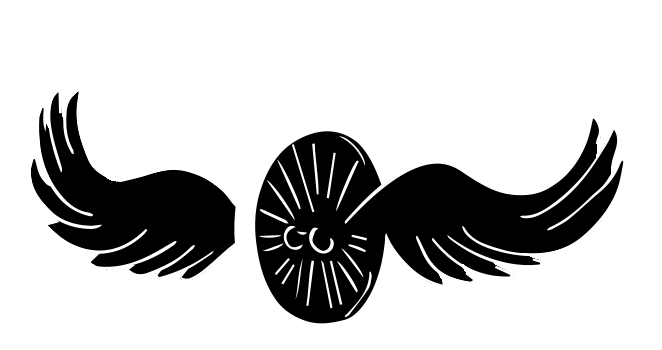Ben Dawson Doesn't Know...And Neither Should You
- Sep 14, 2021
- 3 min read

“I can’t communicate beyond the limits of language. We have never had the language. We never will.”
The line can be found on a virtual waving banner at The Tram Depot, as part of Ben Dawson’s first solo show: Arbitrary Names Can’t Define Such Tastes. With it’s purple parchment-like background and its blue Art Deco font, the banner looks like an official decree passed down from a king to their subjects; an official declaration of post-postmodern anxiety and doubt.
The banner is, of course, one among many layers of the installation, all of which take the viewer through a journey of self-reflection and doubt. A nine layer tapestry hung from the ceiling in the middle of the room shows different CGI-rendered images of genderless and nameless avatars occupying different levels of Dante’s inferno.

Satanic and mystical traditions are laced throughout the work, especially in the salt crystals clustered in two shapes on either side of the room; AR filters make the shapes come to life, springing up into three-dimensional forms.
Bringing everything together is a 23-minute CGI-rendereed film. “The revolution is language,” Dawson narrates in an almost-robotic tone, “but it is a language which I cannot understand.” The voice then takes the viewer on a journey through Dante’s Inferno, raising questions about the inability to express ourselves fully. “Consider your origin,” Dawson implores towards the end of the film, “you were not meant to live like this; you were meant to question; question the virtues of your knowledge.”

This voice overlays the visual journey of the surrealist and sometimes absurdist rendered imagery of Dawson’s trademark “generless avatars” doing tasks which seem not to fit within the real-world milieu, while their surroundings constantly change around them. At 5:43, for example, an avatar stands stoically, ready to pull a sword from a rock; it’s a King Arthur-like scene. Still birds surround them while two other avatars sit in a canoe in the background.
In the next scene, the sword floats out of the rock just as the avatar, now shiny and metallic, pulls out his own sword, attempting to slash the place where the sword once was. A cloud of water shoots up from the area around the avatar, as the canoes bob up and down in the water. The narrator guides the viewer through this satanic journey, while the viewer is left to enjoy Dawson’s brilliant animation, creative scenes, and prodding themes.

“3D avatars are innately weird,” Dawson admits, explaining that he chose to work with these bodies because they can be a stand-in for anyone. “They're like, they're made by game development companies that have like this hyper male energy.” The juxtaposition with the queer self is something that Dawson wants to play with; using such blank avatars as a way of representing the pure self outside of the bounds of what society might ascribe to them; whether that is gender, sexuality, or identity. “There's a line, where they, I discuss...they are non binary...There was never any binary for them to be non-binary.” In this sense, the avatars mark a blank canvas; things happen to them but they are rarely if ever agents of their own destinies.
Dawson has always been interested in mythology and mysticism as a concept, owing in part to his upbringing in Wales. “Wales has a cultural legacy of mythology and myth,” he explains, “I guess there's something other than listening, always about feeling.” But Dawson wants to use these themes in order to deal with what he calls very “literal and simple questions.” In this, Dawson succeeds. His question is, at core, a pretty simple one: how can I express myself beyond the limits of the tools that I have.

“I'm quite interested in pretty simple questions but told in a really deep and wide, and kind of dumb philosophical way’,” Dawson explains, speaking even more quickly than usual; it’s 6 PM on the night before the opening and he has been running around, trying to set up everything before the show. He dodges questions on the subject matter, instead preferring to discuss the work itself; it’s not about what he wants to say, but rather “a long drawn out question” that he hasn’t answered.
But Dawson, 23, is also weary of giving too many answers. “I guess I can't make work with a definitive answer at the minute, so I'm kind of...I don't feel I have an answer.” Throughout the work, there is a theme of questioning; the narrator constantly asking; the avatars constantly moving, looking around, observing, experiencing; their surroundings constantly evolve and they struggle to adjust. Much like Dawson himself, the film and the work aren’t meant to point towards an answer; rather they just want the viewer to experience the lack of one.



Comments